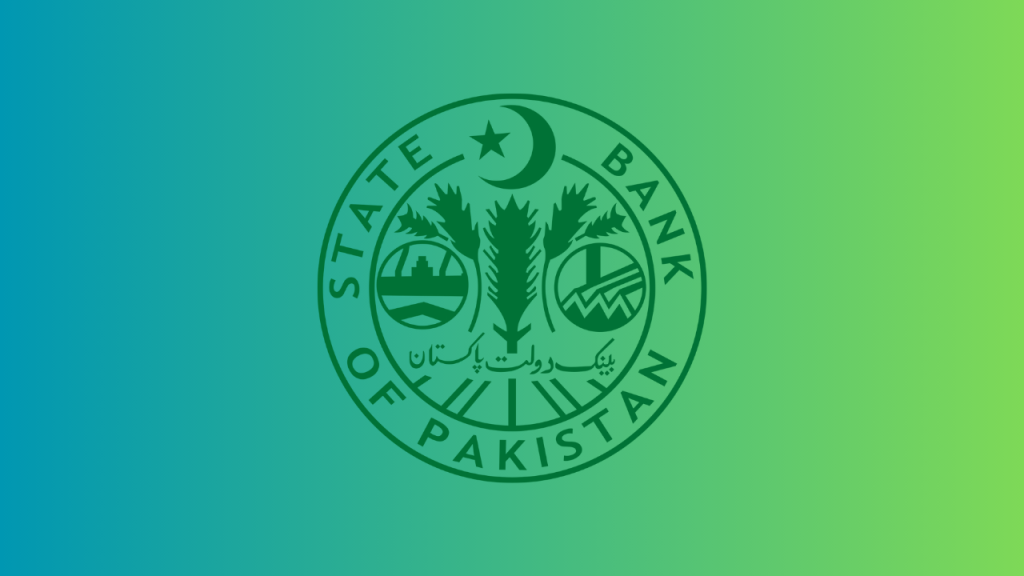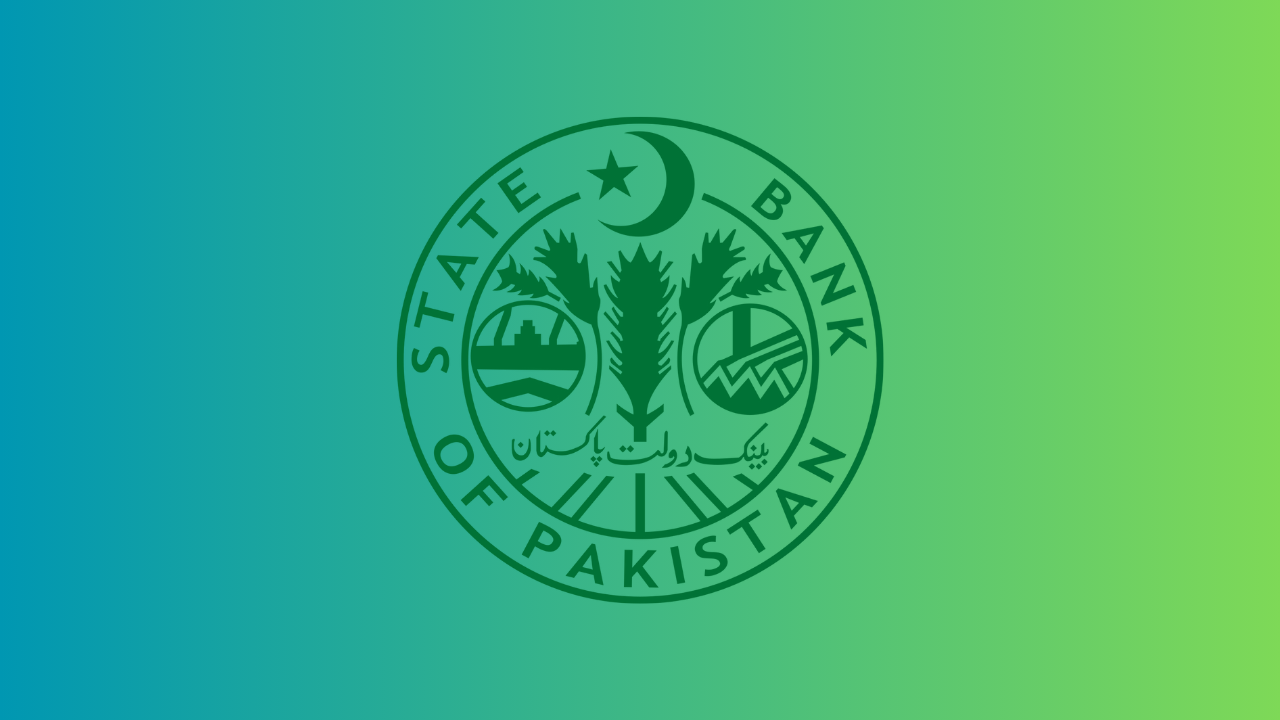Pakistan stocks started the week on a positive note, with the benchmark KSE-100 Index gaining over 1% ahead of the key monetary policy meeting. The KSE-100 Index concluded Monday’s trading session at 78,827.74, showing an increase of 798.24 points or 1.02%.
SBP Lowers Key Policy Rate to 19.5%, Aligning with Market Expectations
On Monday, the State Bank of Pakistan (SBP) lowered its key policy rate by 100 basis points to 19.5%, meeting market expectations. This marks the second consecutive rate cut, bringing the total reduction since June 2024 to 250 basis points.
The decision follows the country’s recent 37-month, $7 billion Extended Fund Facility (EFF) agreement with the International Monetary Fund (IMF). The SBP’s monetary policy committee noted that June 2024 inflation was slightly better than anticipated and that the inflationary impact of the FY25 budgetary measures aligned with earlier expectations. The external account has also improved, as seen in the buildup of SBP’s foreign exchange reserves despite significant debt repayments.
The committee identified several key developments since its last meeting:
1. A sharp narrowing of the current account deficit in FY24 and a significant increase in SBP’s FX reserves from $4.4 billion in June 2023 to over $9.0 billion.
2. The agreement with the IMF for a 37-month EFF program worth about $7.0 billion.
3. Worsening inflation expectations and confidence among consumers and businesses, according to July sentiment surveys.
4. Volatile international oil prices and easing prices of metals and food items.
5. Central banks in advanced economies beginning to cut their policy rates due to easing inflationary pressures and labor market conditions.
Given these factors, the committee assessed that the current monetary policy stance remains tight enough to guide inflation toward the medium-term target of 5-7%, contingent on achieving fiscal consolidation, timely external inflows, and structural reforms.
Real Sector
High-frequency indicators show moderate economic activity, with increases in auto and POL (excluding FO) sales and fertilizer offtake in June. Large-scale manufacturing improved sharply in May 2024, mainly due to the apparel sector. However, agricultural growth is expected to slow in FY25, though industry and services are projected to recover, supported by lower interest rates and higher development spending. The MPC forecasts FY25 real GDP growth between 2.5% and 3.5%, compared to 2.4% last year.
External Sector
The current account posted deficits in May and June after three months of surpluses, primarily due to higher dividend payments and a seasonal rise in imports, which offset significant increases in exports and remittances. The FY24 current account deficit narrowed significantly to 0.2% of GDP from 1.0% the previous year, bolstered by financial inflows that strengthened SBP’s FX reserves. The MPC expects modest import growth in FY25, with robust remittance and export growth containing the current account deficit between 0-1% of GDP.
Fiscal Sector
Revised estimates show improved fiscal balances in FY24, with a primary balance surplus and a reduced overall deficit. However, the government’s increased reliance on domestic banks for deficit financing has constrained private sector borrowing. The FY25 primary surplus target is set at 2.0% of GDP. The MPC emphasized the need for fiscal consolidation and timely external inflows to maintain macroeconomic stability and build buffers against future shocks.
Money and Credit
Monetary aggregates in FY24 reflected the tight policy stance, with broad money (M2) and reserve money growing by 16.0% and 2.6%, respectively. The growth in M2 was mainly due to bank deposits, while currency in circulation remained stable. The improvement in the external account boosted net foreign assets, while the growth in net domestic assets decelerated due to subdued private sector credit demand, favorable for the inflation outlook.
Inflation Outlook
Headline inflation rose to 12.6% year-on-year in June 2024 from 11.8% in May, driven by higher electricity tariffs and Eid-related price increases, partially offset by lower domestic fuel prices. Core inflation steadied around 14%. The MPC expects average inflation to range between 11.5% and 13.5% in FY25, significantly lower than 23.4% in FY24, contingent on fiscal consolidation and a tight monetary policy stance. However, risks to the inflation outlook remain from potential fiscal slippages and ad-hoc energy price adjustments.
The index traded within a range of 1,039.70 points, peaking at an intraday high of 79,055.99 (+1,026.49 points) and dipping to a low of 78,016.29 (-13.21 points). The total volume of the KSE-100 Index was 135.18 million shares.
Last week, the index recorded a sharp decline of 2,088 points or 2.6%. Investors are closely monitoring the monetary policy meeting scheduled later today, where the central bank is expected to ease the policy rate further.
In a positive development, Fitch Ratings upgraded Pakistan’s Long-Term Foreign-Currency Issuer Default Rating (IDR) to ‘CCC+’ from ‘CCC’. This upgrade reflects greater certainty over the continued availability of external funding, in the context of Pakistan’s staff-level agreement (SLA) with the IMF on a new 37-month $7 billion Extended Fund Facility (EFF). Strong performance on the previous, more temporary IMF arrangement helped the country narrow fiscal deficits and rebuild foreign exchange (FX) reserves, and further improvements are likely.
Of the 100 index companies, 71 closed up, 26 closed down, while 3 were unchanged. Top gainers during the day included MUREB (+8.58%), SEARL (+6.49%), AVN (+4.74%), POL (+4.62%), and KAPCO (+4.47%). On the other hand, top losers were KTML (-6.13%), PGLC (-3.59%), KOHC (-2.35%), BNWM (-1.77%), and THALL (-1.45%).
In terms of index-point contributions, companies that propped up the index were UBL (+122.14 points), FFC (+116.73 points), POL (+104.36 points), OGDC (+74.54 points), and MCB (+33.61 points). Meanwhile, companies that dragged the index lower were HUBC (-52.04 points), ENGRO (-17.07 points), HBL (-15.04 points), BAFL (-14.38 points), and KOHC (-11.48 points).
Sector-wise, the KSE-100 Index was supported by Commercial Banks (+216.77 points), Oil & Gas Exploration Companies (+200.05 points), Fertilizer (+127.78 points), Cement (+80.90 points), and Pharmaceuticals (+64.70 points). Conversely, the index was let down by Power Generation & Distribution (-19.47 points), Automobile Parts & Accessories (-7.49 points), Miscellaneous (-5.14 points), Oil & Gas Marketing Companies (-1.63 points), and Property (-1.27 points).
In the broader market, the All-Share Index closed at 50,098.56 with a net gain of 494.58 points or 1.00%. Total market volume was 371.09 million shares compared to 278.33 million from the previous session, while traded value was recorded at Rs19.16 billion, showing an increase of Rs7.53 billion. There were 225,091 trades reported in 437 companies, with 252 closing up, 129 closing down, and 56 remaining unchanged.
Top ten by volume were WAVESAPP (9.82, -1.90%, 27,932,495), ASC (7.03, -2.09%, 15,548,238), DFML (43.86, 4.68%, 14,274,013), FCCL (22.52, 3.59%, 12,762,187), WTL (1.15, -0.86%, 12,317,154), PAEL (26.66, 4.34%, 10,661,910), TOMCL (39.02, 5.57%, 10,496,470), AGL (25.01, 3.78%, 9,976,264), KOSM (3.92, 8.59%, 9,298,462), and AIRLINK (109.78, 2.75%, 8,142,767).
To note, the KSE-100 has gained 383 points or 0.49% during the fiscal year, whereas the ongoing calendar year has witnessed a cumulative increase of 16,377 points, equivalent to 26.22%.
PAKISTAN ECONOMY
**Gold Prices Edge Higher in Pakistan**
On Monday, the price of 24-karat gold in Pakistan rose by Rs200, reaching Rs252,700 per tola. The Karachi Sarafa Association reported a 24-karat gold price of Rs216,650 per 10 grams, up Rs172 from Friday’s closing.
Meanwhile, in international markets, gold (XAU/USD) experienced a moderate pullback due to a stronger US Dollar, after reaching resistance around $2,400. Concerns over the Middle East conflict potentially spreading to Lebanon have bolstered the safe-haven appeal of the USD.
Additionally, the Pakistani Rupee (PKR) depreciated by 16.18 paisa against the US dollar in Monday’s interbank session.














